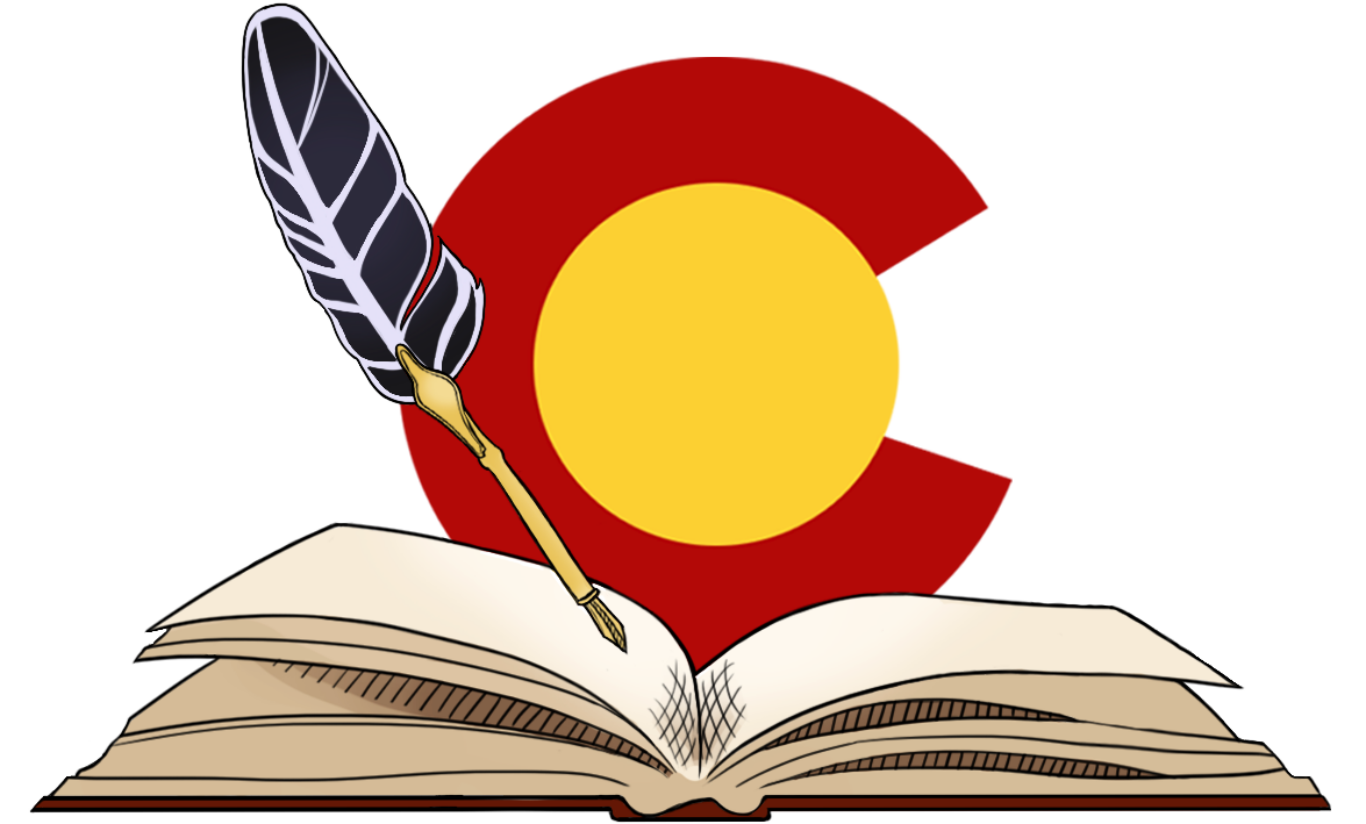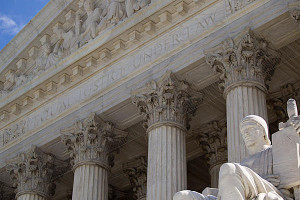by Jeremiah Barry
The United States Supreme Court recently issued an opinion in the case of Nelson v. Colorado, holding that Colorado’s statute for awarding compensation to certain exonerated persons is unconstitutional because it violates due process under the Fourteenth Amendment to the U.S. Constitution. But in reviewing the case carefully, it appears that, while the statute is unconstitutional with regard to the procedure for refunding costs, fees, and restitution paid by defendants whose convictions are later vacated or reversed, the statute is arguably constitutional with regard to providing compensation to these persons for the time during which they were incarcerated.
In 2013, the General Assembly passed House Bill 13-1230, which created the statutes that the courts refer to as the Exoneration Act. Basically, the act says that, if a person is convicted of a crime and serves part of his or her prison sentence, and the person’s conviction is later overturned or vacated and the person is released, the person may be eligible for compensation from the state—$70,000 per year or more—for the number of years he or she was in prison and more for time spent on parole. But to get the compensation, the person must file a new civil action against the state claiming that he or she is entitled to compensation and prove by clear and convincing evidence that he or she was actually innocent of the crime. The act specifically says that “compensation” includes a refund of any costs, fees, or restitution paid.
Shannon Nelson was originally convicted of five counts of sexual assault, sentenced to the department of corrections, and ordered to pay $8,192.50 in restitution and costs. While incarcerated, she had $702.10 withheld from her inmate account as payment toward these restitution and costs. However, her conviction was subsequently reversed on appeal, and, on retrial, she was acquitted of all charges. Nelson moved the trial court for a refund of the money that was withheld while she was incarcerated. The trial court held that it had no authority to order a refund and denied the motion. Nelson did not bring a separate civil action for compensation under the Exoneration Act.
After Nelson appealed the trial court’s ruling, the Colorado Court of Appeals found that, because the payments were not related to a valid conviction, the state did not have the authority to collect Nelson’s money and ordered the state to issue a refund. The state appealed that ruling.
The Colorado Supreme Court granted certiorari and held that, without statutory authorization, a trial court lacks the authority to order the state to refund money collected from a defendant who is later acquitted. The Court ruled that the only way a defendant can receive a refund of costs, fees, and restitution is to file a civil suit for compensation under the Exoneration Act. Since Nelson did not do that, the Court denied her claim for a refund of costs, fees, and restitution.
Nelson appealed the Colorado Supreme Court’s ruling to the U.S. Supreme Court. On April 19, 2017, the Court found that the act does not meet the requirements of due process under the Fourteenth Amendment with regard to a refund of costs, fees, and restitution. The Court held that, once Nelson’s conviction was reversed on appeal, and especially after she was acquitted, she was presumed innocent. Colorado cannot require her prove her innocence in order to receive a refund of costs, fees, and restitution paid. Requiring her to prove her innocence by clear and convincing evidence creates an unacceptable risk of erroneous deprivation of property. The Court remanded the case, and Colorado must repay the amount of costs, fees, and restitution that Nelson paid.
While this case was pending before the U.S. Supreme Court, the General Assembly enacted House Bill 17-1071, which establishes a new procedure for a defendant whose conviction is overturned to petition for a refund of any costs, fees, and restitution that he or she paid. Under this new process, the defendant is not required to prove innocence.
The U.S. Supreme Court’s decision in Nelson v. Colorado does not mean that the entire Exoneration Act passed in 2013 is unconstitutional; the Court ruled on the constitutionality of the statute only with regard to a refund of costs, fees, and restitution. It did not consider whether Colorado can constitutionally require a person to prove his or her innocence in order to receive compensation for time spent in prison. The difference lies in the word “property.”
When a person pays costs, fees, and restitution, the person is obviously giving his or her property—money—to the state. To get that property back, the Supreme Court has said the person should not have to prove innocence because once the conviction is overturned, the person is presumed to be innocent.
But the state is not constitutionally required to compensate a person who is wrongfully convicted for the time that the person spends in prison; compensation is not a person’s property that the state cannot take away without due process. A person’s conviction may be vacated or overturned for a number of reasons, not just because the person was actually innocent. So, if the state makes a policy decision to compensate persons who are wrongfully committed, it can, presumably, require the person to prove his or her innocence in order to receive the compensation.
With the passage of H.B.17-1071 to recover a refund of costs, fees, and restitution, it appears the Exoneration Act remains constitutional.






